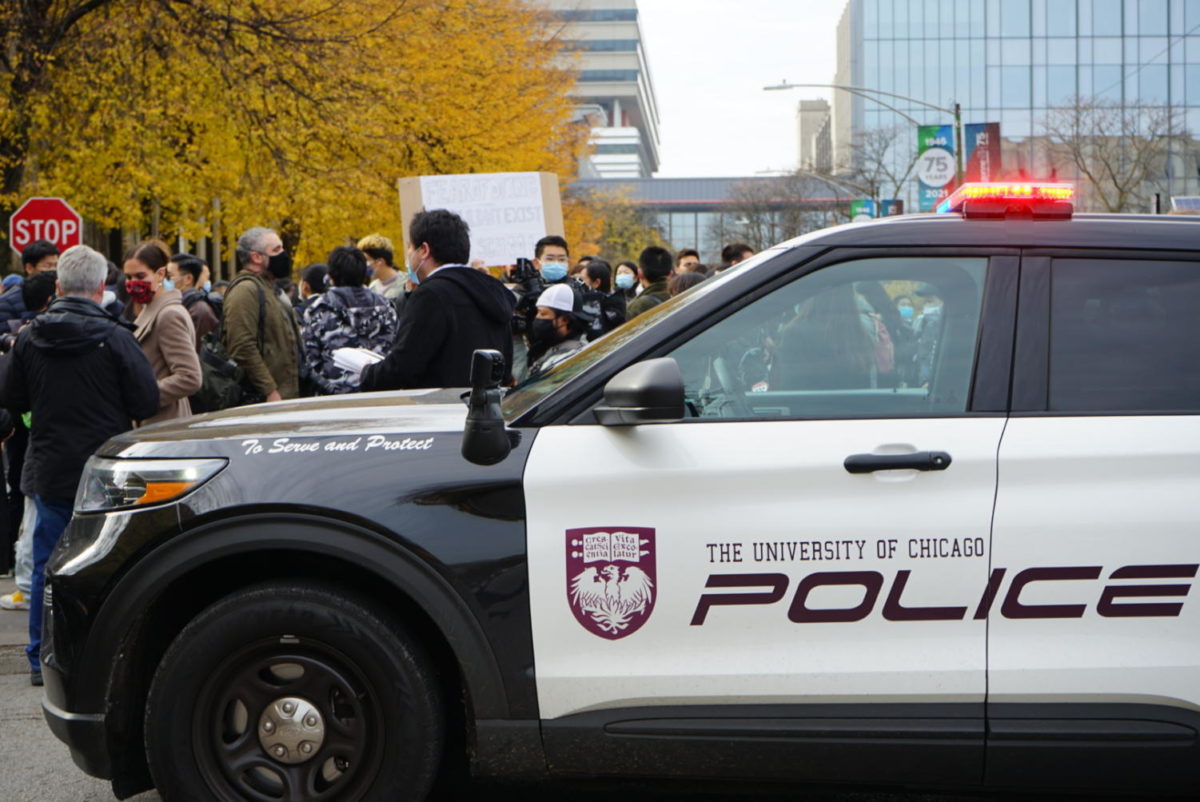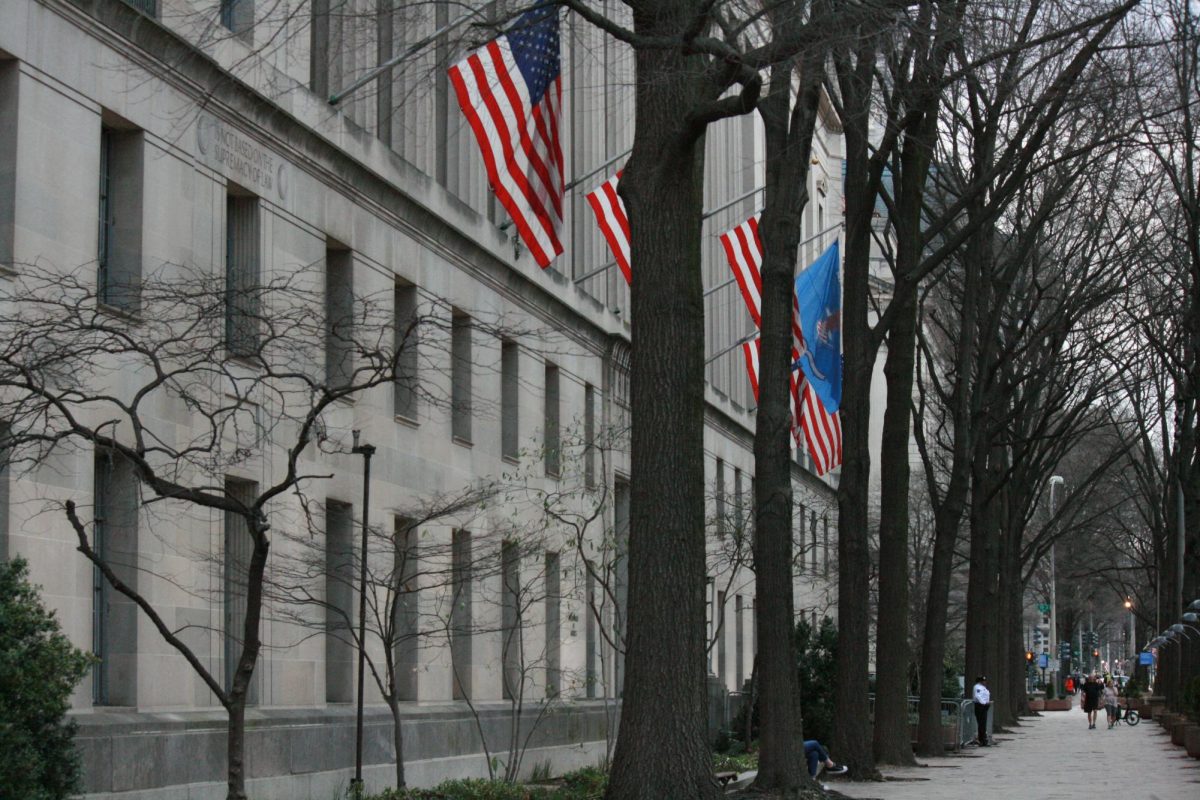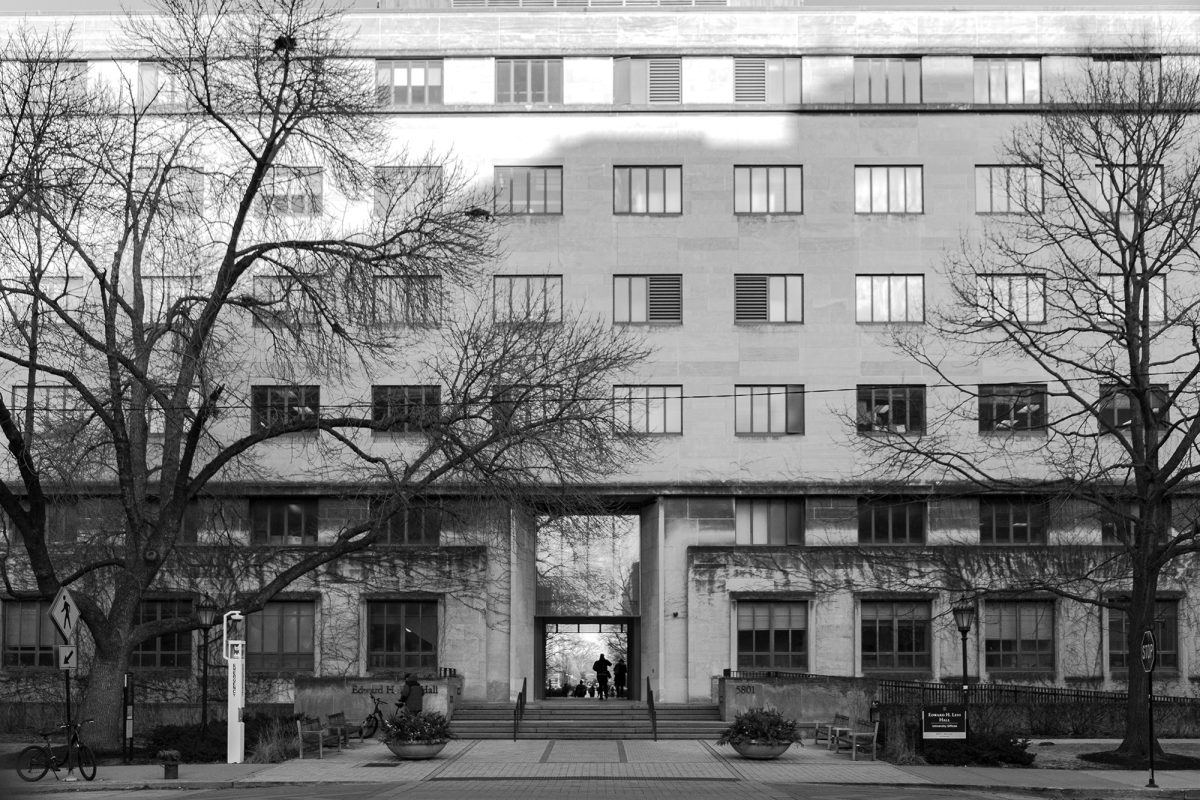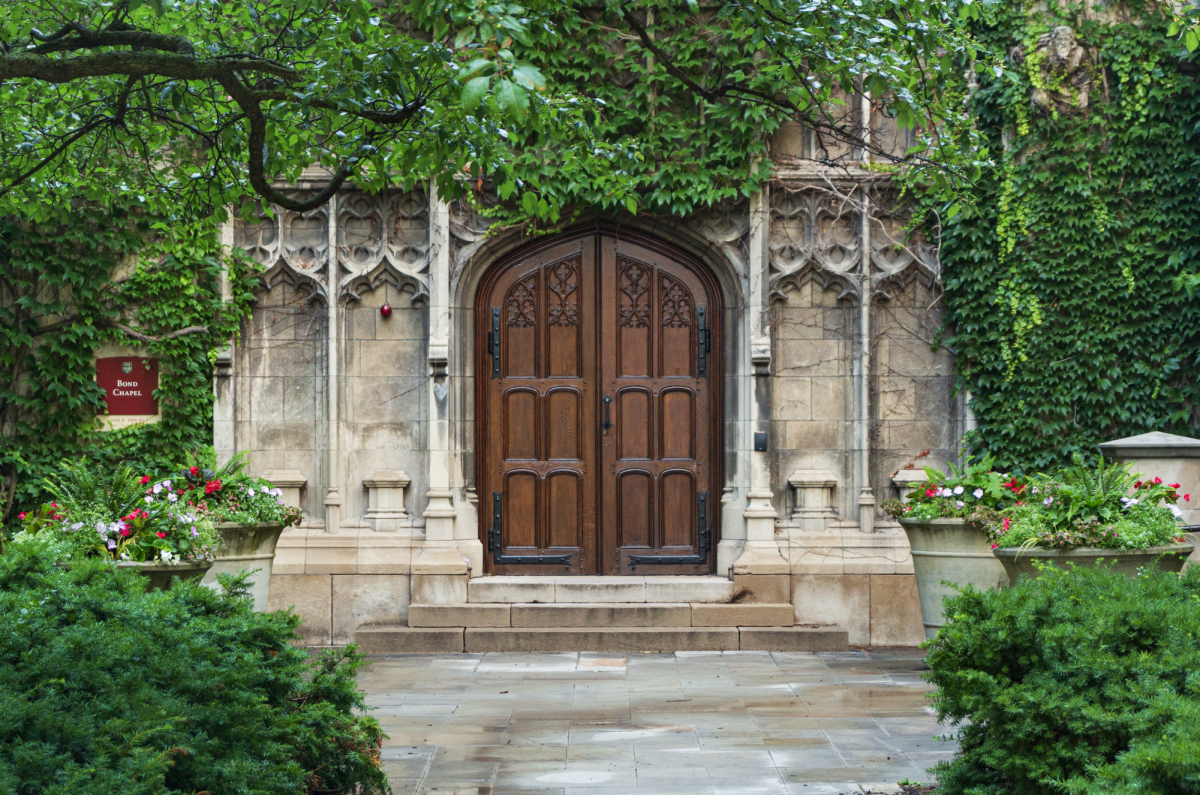“Your campus is on the South Side?” We all know that expression of concern from well-meaning relatives and neighbors when we tell them where we go to school. This is not to imply that there is something intrinsically unsafe about this part of Chicago, because there isn’t. But the unfortunate truth is that many people at UChicago know someone who has been mugged, assaulted, robbed, or otherwise threatened with crime during their time in Hyde Park. The University’s Lyft Ride Smart program, implemented in 2021, was a major step toward mitigating students’ chances of becoming victims of crime, but reductions to the program’s scope and discounts have set that progress back. Amid a spike in crime this past autumn and recurring questions about the future of the Lyft program, the University must both improve its existing transportation infrastructure and center student voices in its efforts to keep them safe.
The Chicago Police Department reported a 25 percent increase in robberies citywide in 2023 compared with its 2022 figures. Hyde Park is no exception to this trend, as the past autumn quarter’s spate of robberies demonstrated. But the timing was particularly notable given the University’s decision to scale back the Lyft Ride Smart Program for the 2023–24 school year from 10 rides with a $15 discount to seven rides with a $10 discount—a reduction in value of more than half.
In a safety webinar following the autumn robberies, Dean of Students Michelle Rasmussen justified the decision by saying that the program “was never intended to be a standalone transportation system…but rather more of a complement” to the University’s UGo shuttle system and CTA buses. “[The Lyft program] was suggested to us by students as a late-night alternative, especially on weekends, to shuttles or walking to get from point A to point B, particularly off campus,” she explained.
Rasmussen’s arguments assume that all of the alternatives to Lyft are entirely functional, convenient, and safe—which, unfortunately, none are. The dangers of walking at night with such robbery statistics need little explanation. Additionally, the two CTA lines that service the UChicago area, the 171 and 172, run only on weekdays (171) and Saturday (172). While reliable and efficient when they do operate, their limited window of overlap with the Lyft Ride Smart program’s window of 5 p.m. to 4 a.m. makes them hardly a suitable alternative. Excluding the east-west 55 bus, no other CTA lines approach UChicago’s campus.
Though UGo shuttles run concurrently with the Lyft program, they are difficult to use. Few students use the University’s Transloc app designed for tracking campus buses and shuttles, and that’s not without reason. The app’s cumbersome interface and propensity to freeze or crash makes it difficult to navigate—literally—at the best of times. Other students have been spurned by “ghost buses,” which either don’t show up or blast past students waiting at labeled stops. For these reasons, the Lyft program is far superior to alternatives in both reliability and speed of transport, not to mention a far safer option than walking alone or waiting on the curb for a bus to arrive.
From the University’s perspective, the Lyft program’s main downside is the cost of offering the associated discounts to some 20,000 undergraduate, graduate, and professional students. The University’s attempts to find the sweet spot between student safety and the bottom line have yielded various changes to its student transportation offerings over the years, and another one—a wholesale switch to point-to-point shuttle service Via—has been proposed. Already in use at Northwestern, Harvard, and NYU, Via allows students to book point-to-point rides with multiple riders in a vehicle at the same time. The vehicles’ routes are planned based on student requests, and the Via app notifies a user if a shuttle is coming to their location.
Via seems promising; it offers a compromise between point-to-point service and mass transit. However, given the University would be in charge of how drivers are chosen and managed, there’s a risk that Via would repeat the UGo shuttles’ mistakes. Whether a change to Via would meaningfully improve things or if it’s simply a way to fix what isn’t broken remains to be seen. If it fails to improve the status quo, the administration can expect students to demand a return to discounted Lyft rides.
What is clear in any case is that we students want agency over our safety and well-being, and the University must center our voices in aiming to keep us safe. Through protests, negotiations between administration and USG, and UChicago Transit Enthusiasts’ recent campaign to compile data on ghost buses, students have demonstrated time and time again that they are invested in devising efficient and effective safety-oriented transportation programs.
Hyde Park, alongside the rest of South Side, is rich with history and culture. We want to explore it safely.














zman / Sep 18, 2024 at 6:35 pm
Hyde Park was dangerous 41 years ago when I graduated. If that isn’t “intrinsic” then I just don’t understand this word. I remember a 6’3″ upperclassman (who was on the rowing team) was robbed at gunpoint. One of my classmates was assaulted and two guys in my dorm were robbed by a gang of kids. I remember being approached by an apparently drugged out man while walking on the Midway on a Sunday morning but I ignored him. I recommend a transportation system of armored cars.
Be real / Feb 22, 2024 at 7:02 pm
The South Side *is* unsafe. Stop pretending otherwise.
I hope that the new programme with Via will be successful, but the University does not seem to care about student safety, and neither does the Maroon that keeps shoving its head in the sand.
Jacob Myrene / Feb 25, 2024 at 6:49 pm
Then leave. Then leave. Get that bread, get that [REDACTED], then leave.